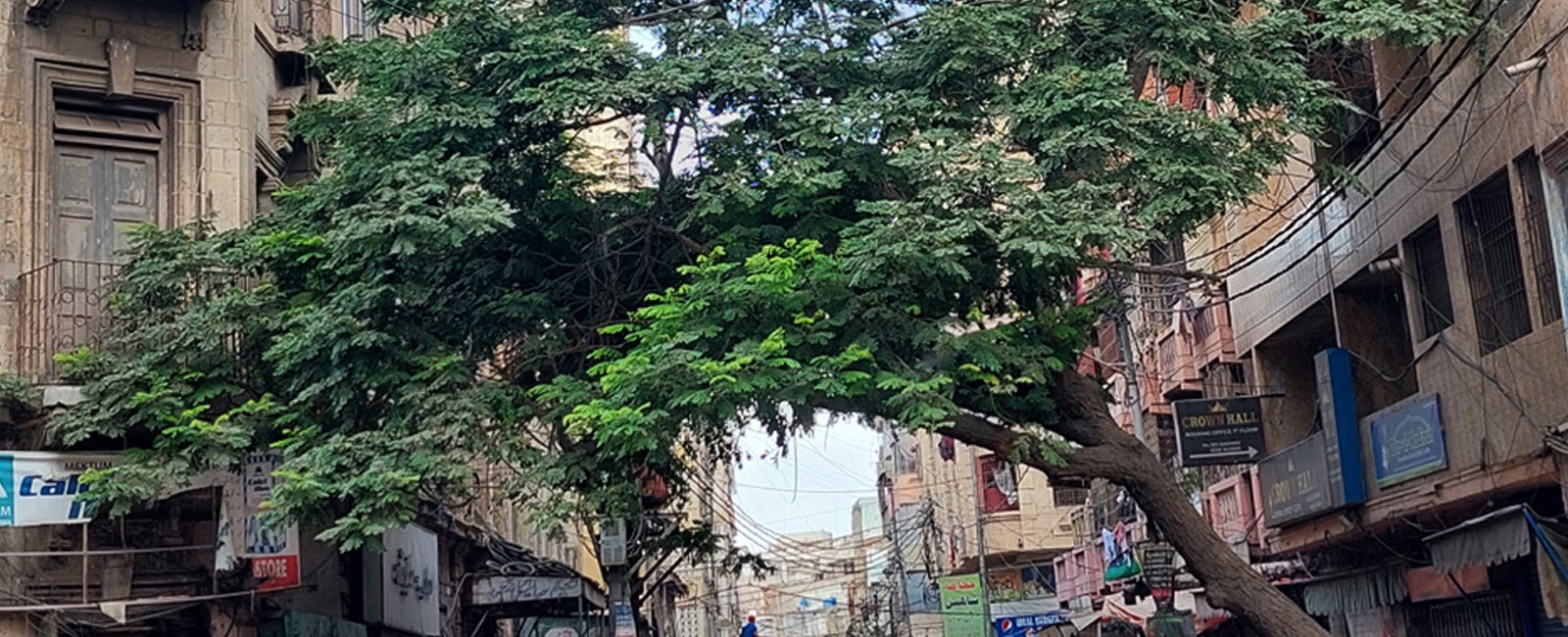Before derelict heritage turns to dust, Karachi needs a history lesson
Only if serious steps are taken to protect city's culture, can we hope to return to these places of history and look into our past

My relationship with Karachi has always been a complicated one. Having spent the better part of my childhood in Lahore — with its large gardens and parks — the smog, traffic, and perpetual hustle and bustle of this port city have always upset me.
Always, I have felt this city is too fast, too modern, and too much for me.
Yet, in this sprawling concrete jungle, with its towering buildings and its air of viciousness, there is a place I have often felt drawn to — a place that stays in my heart and makes me think, "perhaps, perhaps, perhaps".
Having spent my teens almost exclusively in Gulshan-e-Iqbal and Gulistan-e-Johar, I came upon this part of the city merely by chance. I got onto the wrong bus some ten years ago. I got off at an even more wrong stop.
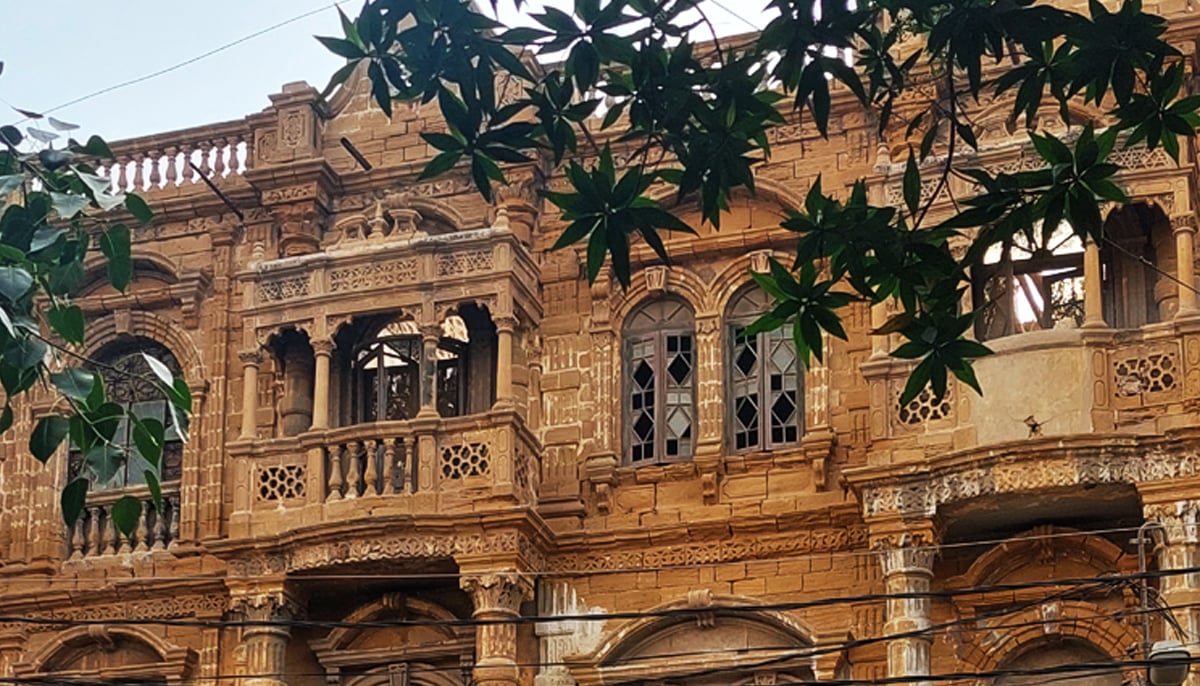
Sans money, sans phone and too timid to ask anyone for directions, I found myself on a dusty road near Empress Market. Terrified of the gawkers, I ducked into the first gulley that seemed less crowded and stopped dead in my tracks.
Before me was a magnificent building. It was old. It was depleted. It was all but falling into pieces. But it was beautiful and breathtaking and a stark reminder that the merciless city was not a brutal killer — it was a seasoned fighter with a history that seemed to be on the verge of disappearing.
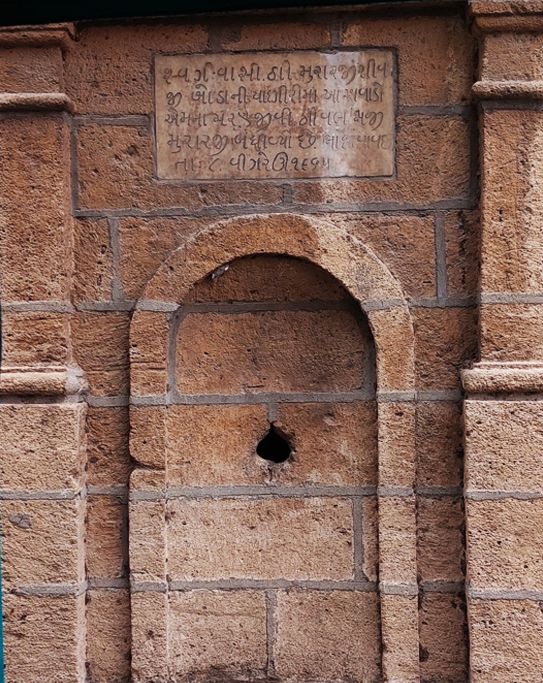
In the past ten years, I have passed by the Old Town numerous times, but having no time to stand and stare, I have travelled past them, always thinking: "They are buildings. Where will they go? I will explore them next time."
But, recently, I have learned that there may not be much left of them next time.
Not so long ago, a friend and I, very tired of our mundane existence, decided to live a little. So excited we were to try this out that we signed up for the Heritage Walk Karachi, a project of the Pakistan Chowk Community Center (PCCC).
At the ungodly hour of 7:00am on a Sunday, we found ourselves at the Pakistan Chowk, ready to — finally — explore the Old Town and nearby areas.
But right off the bat, Marvi Mazhar — founder and creative head of PCCC — broke the terrible news: there may not be much left to explore next time.
As our group of some ten people gathered around Mazhar ahead of the walk, she told us this would be their 150th walk. As a nod to the occasion, she made a short speech.
Every building was breathtaking, each one telling a story of its own.
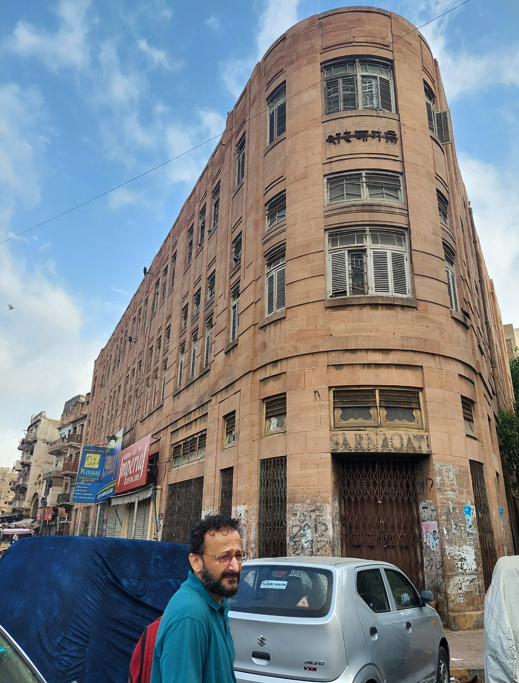
Yet, as our guide, Shaheen Nauman, the project manager of HWK, led us to the end of our walk towards a local halwa puri shop, my heart felt heavy. A singular thought drummed in my mind: the glorious history of this city and its heritage is crumbling, and no one cares.
But why? Surely, there are laws to protect the city's heritage? Isn't doing so an obvious course of action?
Indeed, laws exist. But in them exist loopholes upon loopholes.
Preserving all heritage sites in Sindh falls under the purview of the Sindh Cultural Heritage (Preservation) Act 1994.
The Act aims to "preserve and protect ancient places and objects of architectural, historical, archaeological, artistic, ethnological anthropological, and national interest in the Province of Sindh".
However, despite the express declaration of the Act that people are prohibited from defacing, altering or demolishing buildings protected under it, several historic buildings have already disappeared from the city — some by sheer neglect and others by deliberate design.
But to say the cause of these ruins is merely neglect is to turn a blind eye to a deeper underlying issue. There are deeper political, social and policy issues at play.
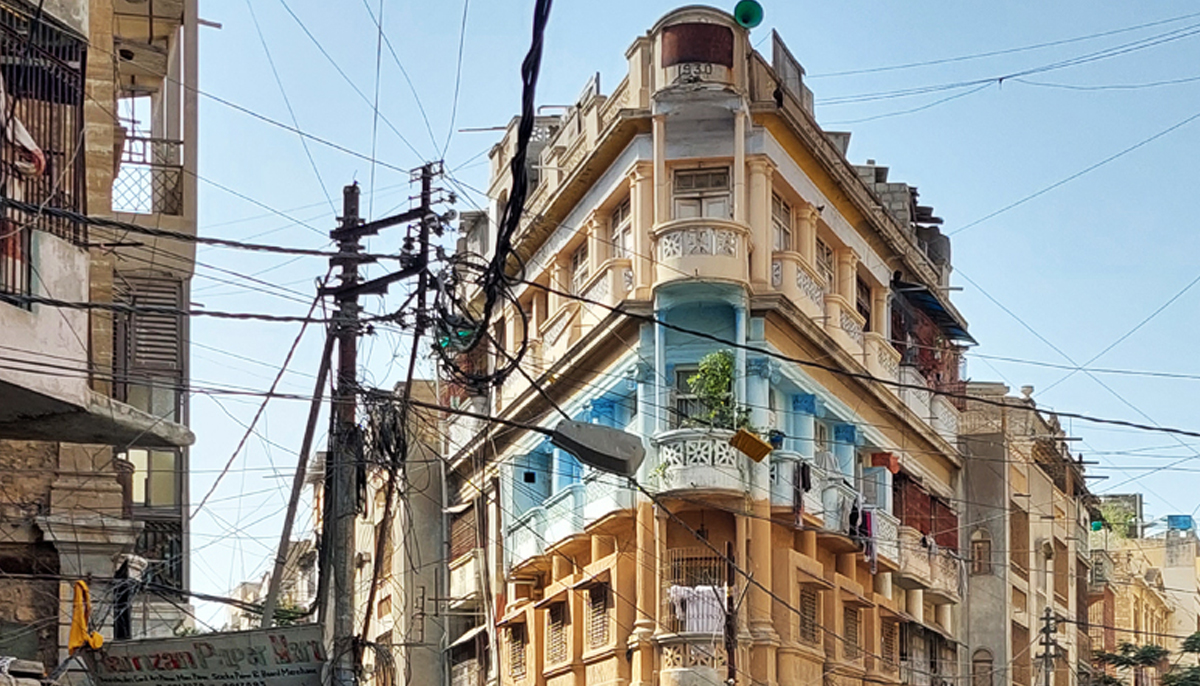
For instance, per the aforementioned Act, the antiquities department directs building owners to "maintain the facade of heritage buildings".
The ramifications of such a directive are obvious. Features and elements inside buildings are overlooked. Maintenance of components such as wind shafts, decorative ceramic tiles, and numerous architectural features worth preserving is overlooked, leaving behind hollow shells that cannot sustain.
Moreover, several vulnerable areas and buildings are put at greater risk as high-rises sprout around them, straining resources and creating problems, such as traffic congestion and increased encroachment.
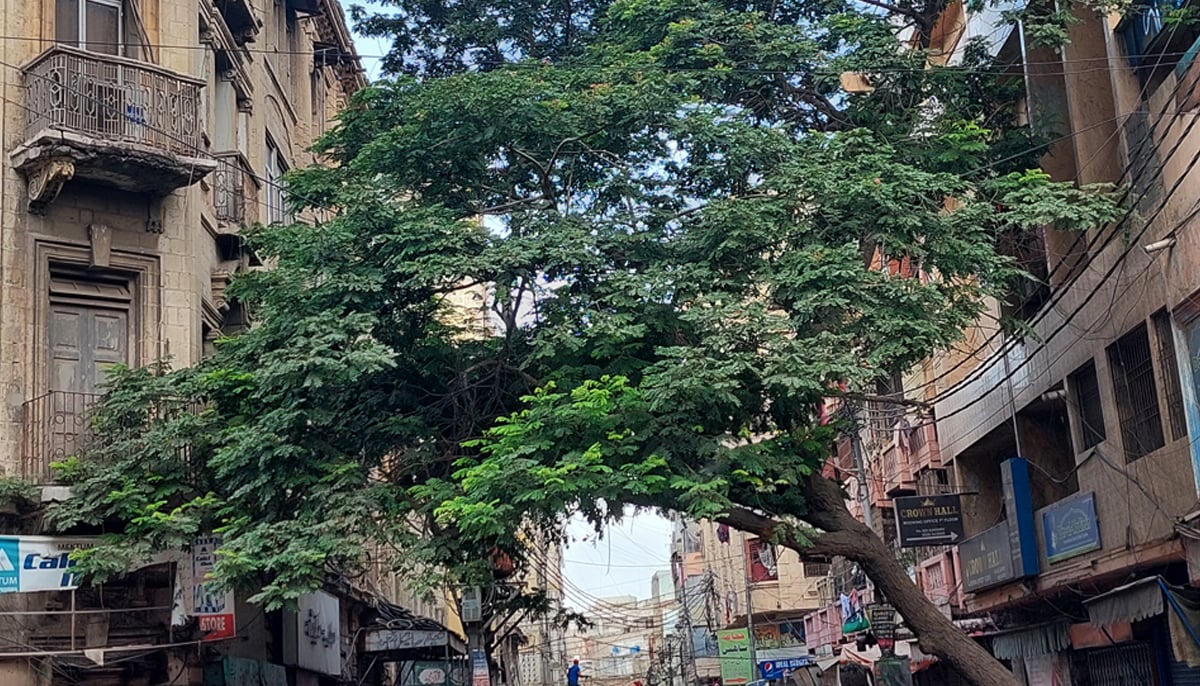
Indeed, several of the buildings we visited during our walk were defaced not by owners or random vandals but by encroachers who made cement rooms in every building or space they could find.
According to the Sindh government website, there are over 1,000 buildings currently under the government's direct care. It is high time the authorities stepped in to ensure that the active erasure of this city's history is stopped.
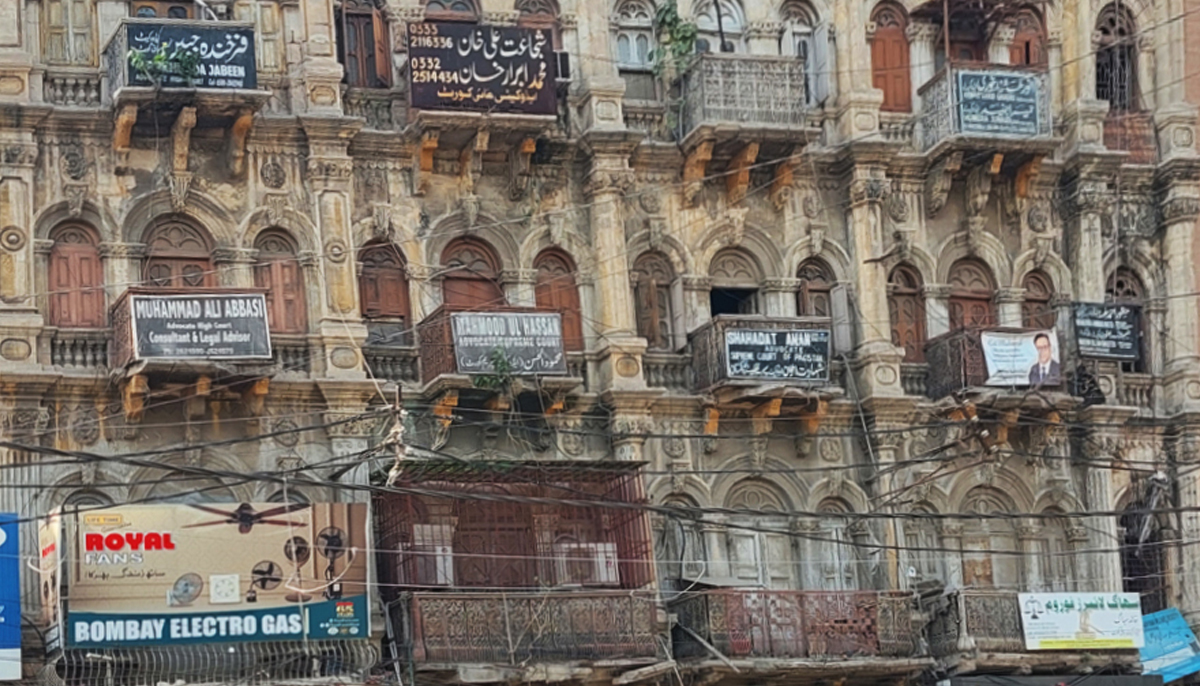
Not only must measures be taken to preserve what is on the verge of ruin, but an even more proactive effort is required to ensure these buildings are maintained — not forgotten once restored.
Only if serious and concrete steps are taken to protect the city's tangible and intangible culture can we hope to return to these places of history and untold stories and look into our past.
Zainab Sabir Mir is a staffer at Geo.tv. She tweets @the_zainini



